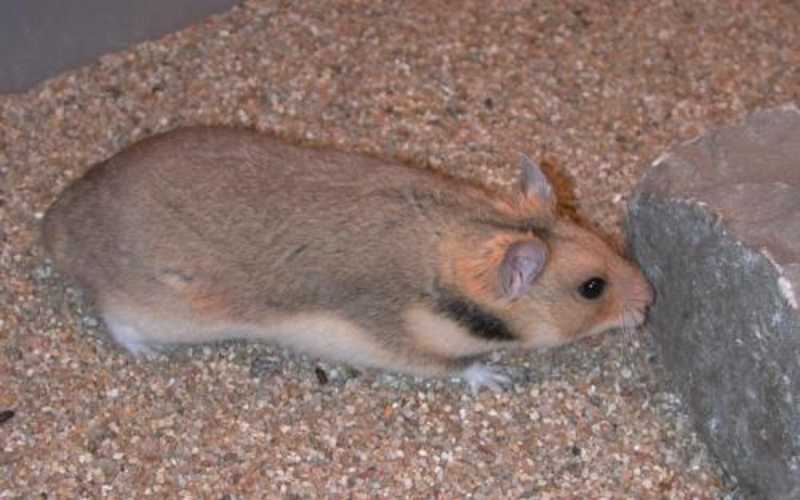hamsterhappy.co.uk is a participant in the Amazon Services LLC Associates Program and other affiliate advertising programs designed to provide a means for us to earn fees by linking to Amazon.com and affiliated sites. Affiliate links may be used on this page and in hamsterhappy.co.uk articles, but they do not impact on the price that you pay and they do help me to get this information to you for free. Read my privacy policy for more information regarding affiliates.
Turkish hamsters are rarely kept as pets. They are a popular breed but are rarely kept as pets. The main reason is that they can be quite aggressive. Unlike Syrian and Campbell dwarf hamsters who are more friendly and are less likely to be aggressive to their owner. They are a sort of tan/ brown colour and live in desert like areas. Unfortunately, because they are not often pets (even though they are relatively cheap to buy between £10-18) they are often used in laboratories during experiments which is quite sad.
Behaviour
As previously stated, Turkish hamsters can be very aggressive. So, you should prepare for the occasional bite. Their bites are not too painful, but they are not pleasant. If you do decide to purchase a Turkish hamster please do not give up on it just because they bite occasionally. If you know the risks before buying, then there is no reason to return one.
Reproduction
These hamsters are closely related to Syrian hamsters
or the golden hamster but the Turkish hamster is known for being the most aggressive. Turkish hamsters should be removed from their mother after 3 weeks. Turkish female hamsters become mature at 8 weeks meaning they are able to have baby hamsters and can have around 2-4 litters per year. The males however take until 6 months to mature.
Care
With every hamster, you should clean out their cage regularly and make sure they are clean. Turkish hamsters are short haired so do not need to be combed or groomed like the Syrian long hair hamster. You should avoid cleaning them in water and they prefer sand baths which will allow them to keep their natural oils on their coat. These hamsters also hibernate during the winter so make sure your hamster is all set and ready to hibernate during the winter months.
Diet
These hamsters primarily consume grains and different types of plants. They have been known to eat insects but this is not necessary to buy them if you choose to try and domesticate one. They mainly prefer to eat any sort of crop so most normal hamster foods will be just fine to give your hamster.
Toys
As with every hamster they need to be entertained. If you do purchase one of these hamsters then make sure your cage has, a wheel, chew toys, tunnels, and other play toys to keep them occupied. Turkish hamsters especially like burrowing tunnels so purchasing tunnels or having a cage with tunnels is very important. Amazon, Pets at Home have the best toys on offer for hamsters. However, you can check out eBay for cheaper second-hand toys.
For more information on hamsters and types of hamsters please check out our other blog posts.
If you enjoyed this article you might also like to read about:



1 thought on “Turkish Hamsters”